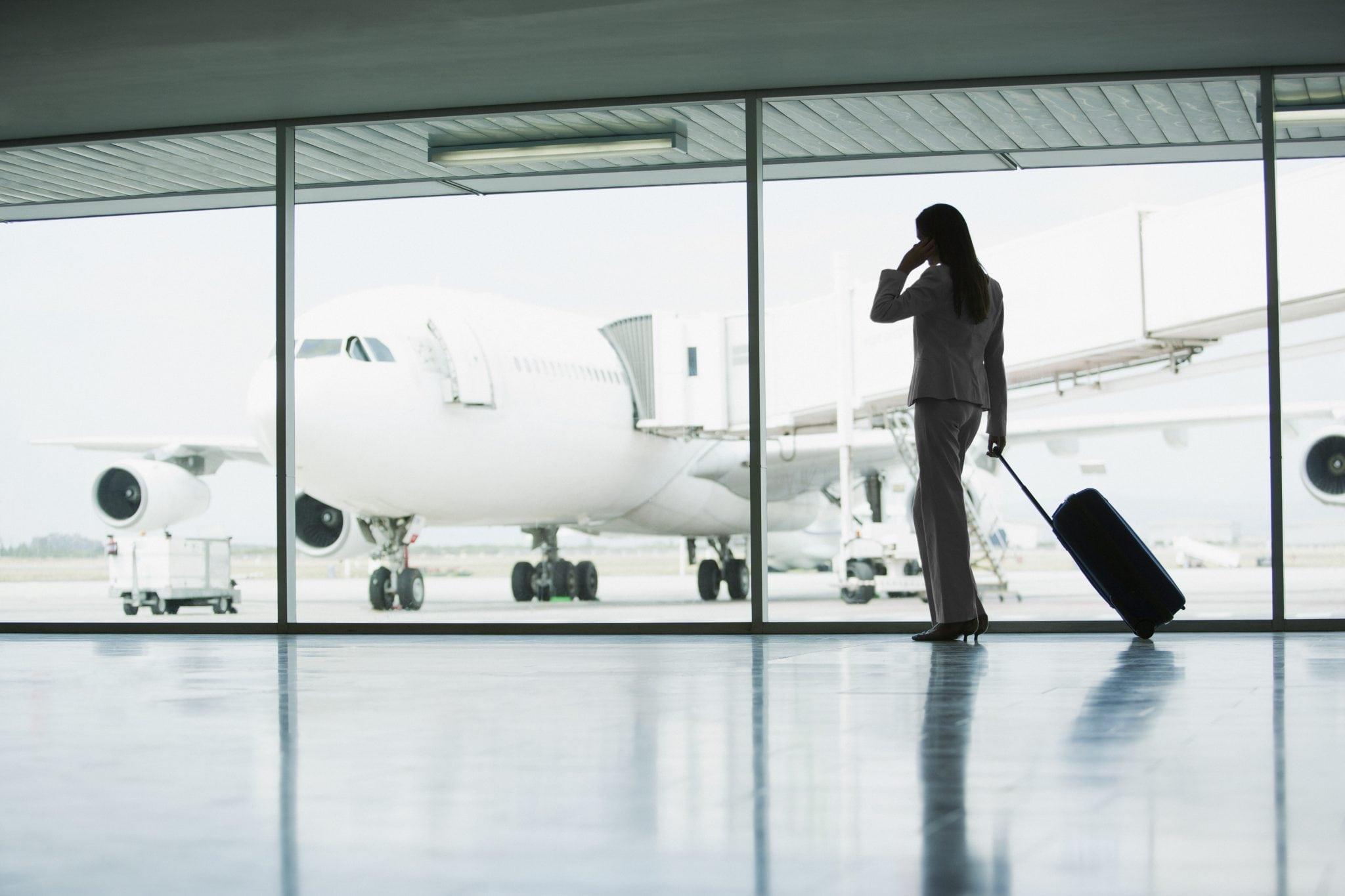[Avionics Today 08-22-2016] Terrorism has likely slowed airline passenger demand alongside economic uncertainty according to the International Air Transport Association’s (IATA) latest global passenger traffic data.
 |
| Photo: SITA |
“The demand for travel continues to increase, but at a slower pace. The fragile and uncertain economic backdrop, political shocks and a wave of terrorist attacks are all contributing to a softer demand environment,” said IATA’s Director General and CEO, Tony Tyler in a statement accompanying the June passenger traffic report. IATA’s latest data showed that demand — measured in Revenue Passenger Kilometers (RPKs) — rose by 5.2 percent compared to June 2015. This was up slightly from the 4.8 percent increase recorded in May, however, the upward trend in seasonally-adjusted traffic has moderated since January.
“It is too soon to know whether recent terrorist attacks will have a long-term negative influence on demand, nor what will be the impact of Brexit and the events in Turkey. But it is vital that governments recognize and support aviation’s ability to contribute to global economic well-being and better understanding across cultural and political borders,” said Tyler.
A separate report regarding Trends in Aviation Terrorism put out by the International Council for Counter Terrorism (ICT) identified key technologies, such as Unmanned Aircraft Systems (UAS) and lasers, and holes in cybersecurity, as further potential threats to aviation.
The Aug. 10, report finds that while accidents between aircraft and UAS piloted without supervision, regulation, coordination or awareness of the relevant authorities, pose their own threat to aviation, global terrorist organizations could make use of UAS, or drones, to gather intelligence or carry explosives.
“Terrorist organizations do not hide their motivation to make use of this technology,” the report states. “During the month of April 2016, jihadists posted on the Telegram application a recommendation to use remote-controlled drones carrying explosives in order to attack planes. In another post on a jihadist Web forum, a visitor suggested making an assembly line for the production of gliders for the Islamic State. In addition, a variety of suggestions were published on how to carry out terror attacks against airplanes using drones.”
There has also been an increase in organizations using UAS to collect intelligence and the report finds that, beginning in 2014, there was a significant uptick in the use of drones for this purpose, particularly in Syria, followed by Iraq, Libya and Yemen.
Lasers that temporarily disorient the pilot has also been identified as a threat, according to the ICT report. In recent years, an average of 11 incidents per day were recorded of lasers being aimed at planes, the report says.
“Since the issue started to be tracked in 2005, the number of such incidents has increased by over 1,000 percent. Just recently it was discovered that pilots on ten different passenger planes and even a U.S. military aircraft were temporarily blinded by lasers as they approached landing at La Guardia Airport in New York, Newark Airport in New Jersey and Pittsburgh Airport in Pennsylvania,” the report stated.
Although no real damage has yet been caused by lasers against airplanes, the report urges that it is possible for terrorist organizations to take advantage of the technology.
Furthermore, with cybersecurity taking center stage in the aviation sector, it’s no surprise that cyber-threats are proving to be a potential area for concern.
“In addition to the professional debate regarding the possibility of causing real damage in a cyber-attack against airplanes, several gaps in the field also need to be addressed,” the report said, citing reports that a hacker claimed he was able to penetrate the network in the cockpit through communication with the aircraft’s network. There are also information security researchers who claim that the architecture of the communication network on a plane is not sufficiently secure, and that there are security gaps that allow flight systems to be breached and the normal activity of the plane to be disrupted.
While the report warns that the industry should be wary of cyber concerns, it also notes that “experts in the field estimate that, at this stage, terrorist organizations are not capable of executing cyber-attacks at the magnitude of an attack on civilian aircraft.”
To combat these potential threats, the report urged international cooperation to further the understanding of potential threats as well as international aviation security.
“In conclusion, despite the changes that have been made in Europe and the United States in an attempt to cope with recent terror attacks against the aviation industry, efforts are needed to promote international cooperation with regard to passenger records and the implementation of biometric identification, with emphasis on the continuous security surveillance of transportation infrastructure employees,” the report said. “In the wake of the growing competition between terrorist organizations and security officials, it is evident that a comprehensive approach is needed, one which integrates the promotion of capabilities at various security layers, from the individual level to the implementation of advanced technologies.”